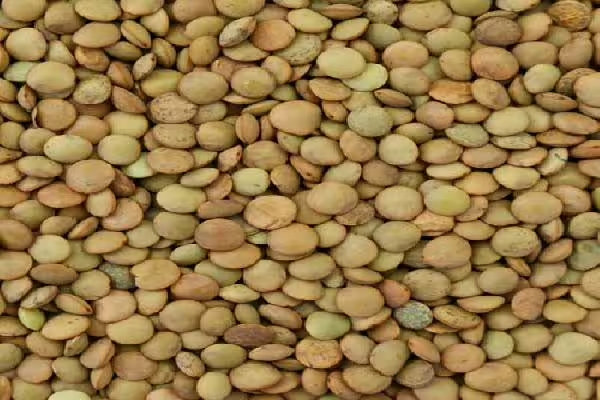The lenses are not very caloric and can therefore promote weight loss. They also contain insoluble fibers which are very slowly digested by the body which helps to stabilize the level of cholesterol in the blood. The green lens is the most cultivated in France. In addition to a very appreciable hazelnut taste, this legume is rich in minerals and antioxidants.
